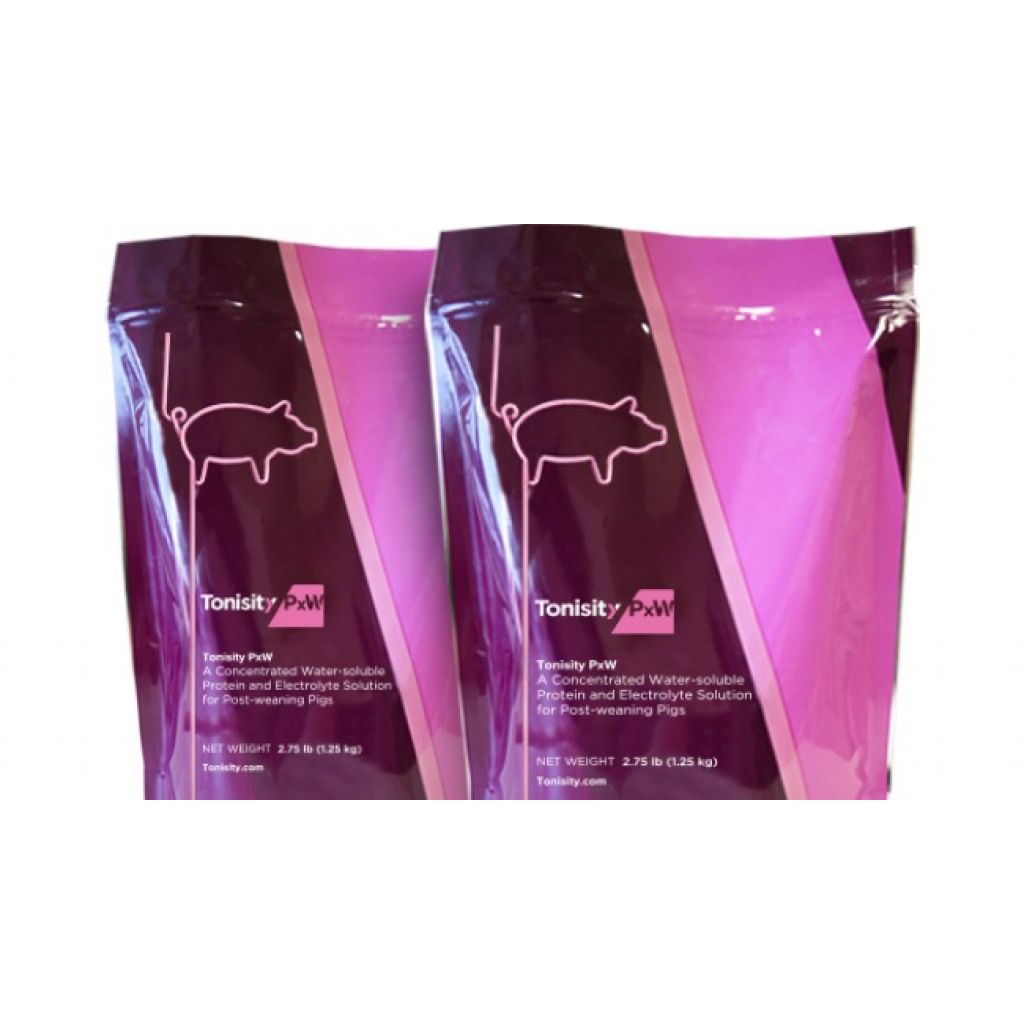An Update on Swine Production in China
An aerial view of the farm built in 2022 near Rongchang by Sichuan Tianzow Breeding Technology. The site has 2 buildings of 7 floors each, and 3600 sows, piglets and fatteners, per building.
Knowing the exact status of swine production in China is a real challenge. Thanks to its excellent network, the Tonisity China team was able to collect relevant data and give an accurate picture of the current situation.
While official reports are claiming that the Chinese swine herd is back to pre- African swine fever (ASF) levels, we estimate that, beginning of 2023, the total sow population is somewhere between 35 to 40 million heads, and still lower than 5 years ago. However, due to improved performance, less sows are needed than in 2018 to reach the same volume of meat produced. We also observe that the current restocking happened through a rapid consolidation, with some clear winners and, of course, losers. While in 1983 some 94% of Chinese swine farms were considered as backyard farms, it is clear that the disappearance of smaller units and the establishment of larger farms that we witnessed in the last 40 years has accelerated since 2020, with the emergence of huge conglomerates.
Those large enterprises are relying more and more on technology to manage their production units and are based on the model of Integrated Pig Business (IPB), controlling feed production, breeding farms, piglets and fattening farms, slaughtering and cutting plants, up to meat processing and food production and sales, and including other areas such as R&D or waste treatment and use (see Figure 1). Their decisions are more and more data-driven.

Figure 1: The business management of Integrated Pig Business (Source: Guangdong Guangken Animal Husbandry Engineering and Research Institute)
Due to the (still ongoing) ASF related losses, many of swine producers are not yet producing at full volume and some of them are still holding less than two-thirds of the number of their full-capacity stocks. Our numbers indicate that there are 34 large companies with more than 50,000 sows, with a combined population of about 10 million heads. Among them, the top 10 enterprises are now holding about 20% of the total sow population of China.
Based in Henan Province, in central China, Muyuan Foods is by far the largest hog producer in China, with an estimated current population of 2.6 million sows. Mr. Qin, the founder of Muyuan, started with 22 pigs in 1992, and is now one of the wealthiest persons in China.
The largest feed manufacturer in Guangdong Province, Wen’s Foodstuff Group (former name Guangdong Wen’s Food Group) is consisting of more than 262 integrated companies with about 45,000 employees in 22 provinces across China. In 2018 Wen’s had 1.2 million sows and produced 22.3 million pigs. The number of sows reached around 1.8 million in 2020. Now, after facing losses due to ASF, they have about 1.3 million sows. Wen’s aggressive expansion plans announced in 2020, when it forecasted to raise 56 million pigs by 2024, are probably not going to materialize soon. With about one million sows, the number 3 in our list is New Hope, based in Sichuan Province.
Our database also indicates that there are around 150 companies with at least 10,000 sows. All together they count about 12 million breeding animals, which represents more or less 30% of the whole China herd.
In future it is expected that the demand for pig meat in China will continue to grow. Experts say it should increase by 17% in the next 10 years. One of the new ways to raise pigs in the country is to use large buildings also called “pig hotels”. Until 2019, such pig farms were illegal in China, but following ASF outbreaks, the Chinese government lifted the ban, trying to increase production. Small “pig hotels” have started to appear, getting bigger and bigger.
In 2018, the “Yangxiang project” consisted of 12-floor buildings with 1,300 sows on each floor (15,600 sows per building). In 2020, Muyuan Foods started a project in Neixiang. This complex consists of 21 buildings, hosting a total of 84,000 sows with a target to produce two million pigs per year (23 pigs/sow). The latest project, which started end of 2022, is a 26-storey pig house run by Zhongxin Kaiwei Modern Farming in Ezhou (Hubei province), which has been described as the “world’s tallest pig farm”.
The Yangxiang project represents an investment of RMB 4 billion (€570 million). It consists of two buildings of 26 floors each, for a total surface of 400,000m2. Ultimately there will be 21,600 sows and 55 boars per building, with a target to produce 1.2 million pigs per year (27 pigs/sow). In each building, the first two floors will be functional premises while the remaining 24 floors will be pig farms (with 900 sows per floor). In terms of technology, the project will use automated feeding systems, intelligent air filtration and disinfection procedures, and temperature, humidity, or toxic gas concentration will be controlled in real time. The waste treatment system is based on biogas and will convert pig manure into energy, allowing to produce electricity and heating.
This project, like the previous ones, raises concerns about environment, welfare, biosecurity, but also possible erosion of the building (because of the emissions), or fire… It also will require perfect management of the flow of animals, the people, the supplies, etc. One may remember that similar multi-tiered pig farms were also built in Europe but just a few are still in operation today. Many of them have closed, mostly because of management issues and public resistance.
Contact:
Contact us using the following form.




